About Udayagiri Caves In Bhopal
Udayagiri mean the mountain of the sunrise, a historical Hindu ritual site home to twenty rock-cut caves near Vidisha, Madhya Pradesh. Vishnu Padagiri is the otherwise known name of the place meaning “the feet of Vishnu”. The Udayagiri Caves are twenty rock-cut caves near Vidisha, Madhya Pradesh from the early years of the 5th century CE. They contain some of the oldest surviving Hindu temples and iconography in India. The Udayagiri Caves complex consists of twenty caves, of which one is dedicated to Jainism and all others to Hinduism. The Jain cave is notable for one of the oldest known Jaina inscriptions from 425 CE, while the Hindu Caves feature inscriptions from 401 CE.[ They are the only site that can be verifiably associated with a Gupta period monarch from its inscriptions. Udayagiri caves contain iconography of Vaishnavism (Vishnu), Shaktism (Durga and Matrikas) and Shaivism (Shiva).
They are notable for the ancient monumental relief sculpture of Vishnu in his incarnation as the man-boar Varaha, rescuing the earth symbolically represented by Bhudevi clinging to the boar’s tusk as described in Hindu mythology. In addition to these, Udayagiri has a series of rock-shelters and petroglyphs, ruined buildings, inscriptions, water systems, fortifications and habitation mounds, all of which remain a subject of continuing archaeological studies.
This was a trip done a year ago but the details of the day remain so fresh. Some of the places in India take your breath away and so was this. Actually, the place was pretty meh but what these caves were guarding against the weather and men makes you go awe. The Udayagiri caves of Madhya Pradesh are about 10km away from Sanchi Stupa. So if you are visiting Sanchi Stupa then do drive into this sleepy village. The google maps gingerly took us through some narrow streets mostly filled with potholes and farms on either side. When it said arrived at the destination, it appeared to be a big pile of black rocks and a small hill that was just fenced around. Google maps call it as Udaigiri, so search it that way when you want to reach here.

Udayagiri Caves, MP
Udayagiri caves contain 20 caves or that is what the board at the entrance read. Of these 20 caves, I could see only about 5 or 6 to be in a good state. And the most important one was that of the Varaha statue. These caves are believed to be from the Gupta period. The inscriptions found in and around the caves read out so and there are figurines in the caves too which are from the Gupta period. It is in such a stark difference with Sanchi Stupa. One so well maintained, everything is intact, a lot of people crowding around the place and the other is pretty much in ruins, nobody to take care, hardly anyone there to explore these caves. Both of them come from around the same period. I walked up gingerly to the gates, a cow which looked lost from her herd walked out of the gates. To my left was the Varaha statue and it was a different gate. It immediately grabbed my attention and I ran towards that cave.


Story Of Lord Varaha
The Varaha statue is not really in a cave. It is a bit covered on the top but it is not like walking into a cave type. The whole picture or the scene of Varaha is etched on the wall and it takes your breath away. Lord Varaha is one of the avatars of Lord Vishnu. The story goes that the demon Hiranyakasipu is tormenting mother Earth and the earth has been pushed down to the paadaala loka (does underground make any logical translation? I dunno 😀 ). Now the demon has obtained a boon from Lord Brahma that he cannot be killed by men or animals or birds and lists a variety of things that he cannot be destroyed by. And in that pride, he starts to torment all the living things on earth and the earth Herself. Not able to see the pain, Vishnu takes the avatar of Varaha, a boar. The boar then takes a humongous size to rescue Earth, fights with Hiranyakasipu and pulls earth from the deep waters. So you can see Her hanging on to His tusk as She is pulled out of Her misery. And she marries Her rescuer. In Hindu mythology, she is addressed as Bhudevi. You can see the representation of Varaha avatar in many temples and monuments. Either he is seen sitting with Bhudevi on His lap or sometimes He is seen standing and She will be on His shoulders. But I have never seen quite an elaborate one as that I have seen in Udayagiri caves.

The tall standing figure is obviously Lord Varaha. You can see a lady figure hanging on to His tusk and that is the Mother Earth. Then near his feet to the left is half of Narada that can be seen. To the right is Adiseshan, the serpent God that guards lord Vishnu. Next to the serpent figure are believed to be the king from the Gupta period and his minister. To the rightmost, you can see a tiny figure with folded hands and that is the ocean, cause the whole commotion happens in the ocean. In the top, you can see various sages and angels feeling happy about the ending. There are other figurines to the right side of the cave too which just wouldn’t get into the frame. I sat there watching the beauty of this scene. So very lifelike and whatta beautiful piece of work. He is God and it is a statue and all that, but look at those muscles carved out!! Looks like he is standing right there. So I went around taking pictures of Him from various angles.

While I was thus lost in the handsomeness, the care-taker of the caves walked in. He had the key to some more caves and was ready to take us around. Walking further to the left of Varaha were three or four caves, all denoting Shaivism. This is probably the first place that I have seen a face on Lingam. The caretaker was not aware of the significance. Am not sure if it is the Ardanareeswaran form (half Shiva and half Shakthi) or it is just the face of Shiva on Lingam. Whatever it is, the statue was beautifully smiling at me and I smiled back. I wonder who the sculptor is, for his work is just awesome. There is also a cave for Lord Skanda, popularly known as Lord Murugan in South India and Lord Karthik in the North. But the hands were gone and no other symbols were there to evidently say so.

Other Caves In Udayagiri Hill
We walked further up the Varaha cave. There were steps at some points and there weren’t at some places. And some of the caves have been excavated in a way that you can just manage to stand on the ledge watch and move. The next biggest cave was that of Lord Vishnu sleeping on Adiseshan. This posture of him is called Anantasayanam, meaning blissfully sleeping/resting. This one was huge too. Maybe about 5 to 6 ft in length. Taking a pic of this wonderful statue was little tricky and I just managed to take what best I could. Some of the caves above this one were just empty or with inscriptions and so it was kept locked.


There was a trail going further up and we decided to walk up the trail in search of caves. Wiki said there is a Jain cave too and so we thought let us go looking for it. There were even steps at a certain point and we thought were heading in the right direction. But those steps did not lead us to anywhere and we decided to just sit atop the hill and enjoy the view. To the far end of another side, there seemed to be caves and steps to it, but it looked really far and after a tired day, I did not have the zeal to walk till there. To be frank, this was not a solo trip and I had my friend along, if not I would have checked out the lower caves and would have walked out. There was like literally none around. As the sun went down two or three couples walked in to find a spot to makeout.


One Day Trip From Bhopal
Having said that, would I do just Udaygiri Caves from Bhopal, No. They will take about an hour to explore and that is about it. But you can combine it with a couple of more places around Bhopal and make it a Day Trip
Sanchi Stupa – The oldest Stupa standing from the third century and was commissioned by Emperor Ashoka himself. This is one of the best UNESCO World Heritage Sites that I have been to. It is not only well maintained but the whole monument is well preserved like time never passed through. It is a must visit place if you are anywhere close to Bhopal. Udaigiri caves are about 10km from here.

Bhojeshwar Shiva Mandir, Bhojpur – This temple is about 30mins away from Bhopal. Bhojpur is not en route Udaigiri but it is definitely worth the 30min deviation. Bhojeshwar is an unfinished temple and has a Shiva Linga as tall as 18ft. It is in a serene setting and is super beautiful to see. I have a youtube video on it, do check it out.https://www.youtube.com/watch?v=LfGzJoXqMvQ
Bhimbhetka Rock Shelters and Cave Paintings – This and Bhojpur lie in a line. So can do these two and then head to Sanchi along with Udaigir. Bhimbetka caves contain rock paintings, left behind cave men who occupied this place about thousand years ago.
Tropic of Cancer – Tropic of Cancer is on the way to Sanchi. Blink and you miss it. It just passes through the road and if you had paid even the slightest attention in geography class, you would be thrilled to see tropic of cancer passing by.

Vidisha – Vidisha is a village close to the Udayagiri caves. I was not aware of it and I did not visit this place. But later came to know about the Heliodorus pillar. Apparently, this pillar was constructed by a Greek guy who got fascinated by Hinduism and got converted to Hinduism. Locally this pillar if now called Khamb Baba and people worship it.

How To Reach Udayagiri Caves
Udaygiri is about 60km from Bhopal. There are some resorts scattered here and there around the monuments like Sanchi and Bhimbhetka. But I feel staying at Bhopal and covering the rest of the places using a vehicle will be much easier. I could not even find public transport plying to Sanchi and other places. So stay at Bhopal and hire a cab. Bhopal has Uber and Ola cab facilities and you can hire those vehicles for a day. Bhopal has an airport and is well connected to other cities through road, bus and train too

Information from Viator
Full-day tour from Bhopal to Sanchi, an UNESCO World Heritage Site, and Udayagiri Caves. The ‘Great Stupa’ at Sanchi is the oldest stone structure in India dating back to 3rd century. It is located on a hill dotted with a group of stupas, monasteries, temples and pillars that are of importance to Buddhists. Later visit Udaigiri Caves – a historical Hindu ritual site. Udayagiri that literally means the ‘mountain of the sunrise’ consists of a substantial U-shaped plateau immediately next to the River Bes.
You will be picked up from your hotel in Bhopal city at 9:00 am and embark on a full-day excursion to Udayagiri Caves and Sanchi, a UNESCO World Heritage Site. The journey will take 1 hour 30 minutes each way (35 miles/60 km).First you will visit Sanchi located 30 miles (45 km) northeast of Bhopal. It is a serene hill crowned by a group of stupas, monasteries, temples and pillars dating from 3rd century BC to 12th century AD. Sanchi is an ancient place of pilgrimage for Buddhists and its uniqueness lies in the fact that Buddha is not represented through figures, but through symbols. The lotus represents the Buddha’s birth, the tree signifies his enlightenment and the wheel represents his attainment of nirvana (salvation). Buddha’s presence is marked by the footprints and the throne. Sanchi was rediscovered by a British officer in 1818 and later in 1912 restoration work at the site was done in earnest.After visiting Sanchi, you will be transported to the Udayagiri Caves (approx.10 miles/15 km from Sanchi). The Udayagiri Caves are an early Hindu ritual site located near Vidisha region. They were extensively carved and reworked under the command of Chandragupta II, Emperor of the Gupta Empire, in the late 4th and 5th century AD. These caves are currently a tourist site under the protection of the Archaeological Survey of India. Udayagiri consists of a substantial U-shaped plateau immediately next to the River Bes. The caves here are a series of rock-cut sanctuaries and images excavated into hillside. The figure of Viṣṇu in his incarnation as the boar-headed Varaha i amongst the more impressive artistic sculptures. The site has important inscriptions of the Gupta dynasty. In addition to these remains, Udayagiri has a series of rock-shelters and petroglyphs, ruined buildings, inscriptions, water systems, fortifications and habitation mounds, all of which have been only partially excavated.When your tour ends, you will be dropped back to your hotel in Bhopal city.
What’s included
- Hotel pickup and drop-off in Bhopal
- Bottled water
- Professional guide
- Transport by air-conditioned private vehicle
- Entry/Admission – Buddhist Monuments at Sanchi
- Entry/Admission – Udayagiri Caves
What’s not included
- Food and drinks, unless specified
- Gratuities
Highlights
- Enjoy a day away from the hustle and bustle of the city
- All entrance fees included
- Free hotel pickup and drop-off included
- Informative, friendly and professional guide
- Separate driver ensures your guides full attention throughout the day
- Step back in time on a history tour

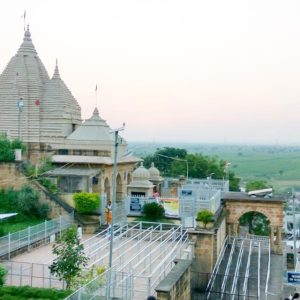
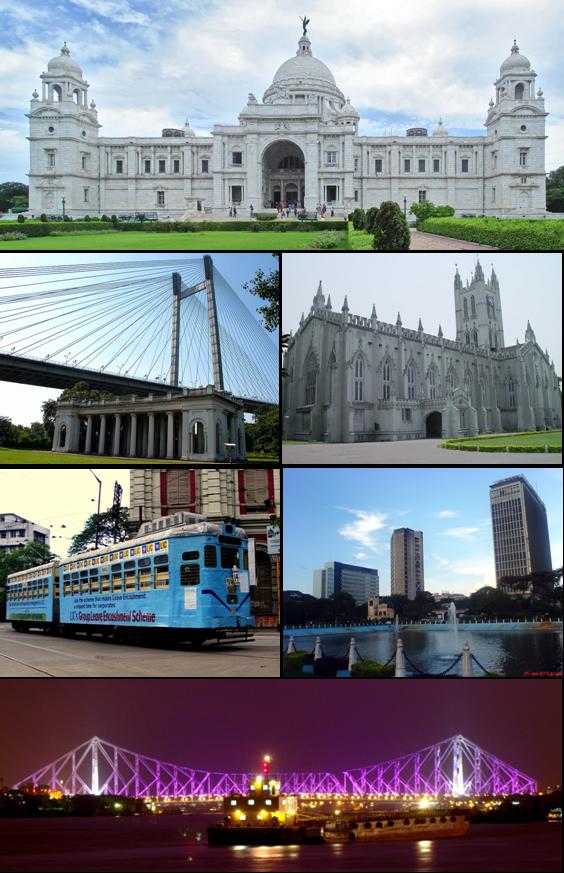
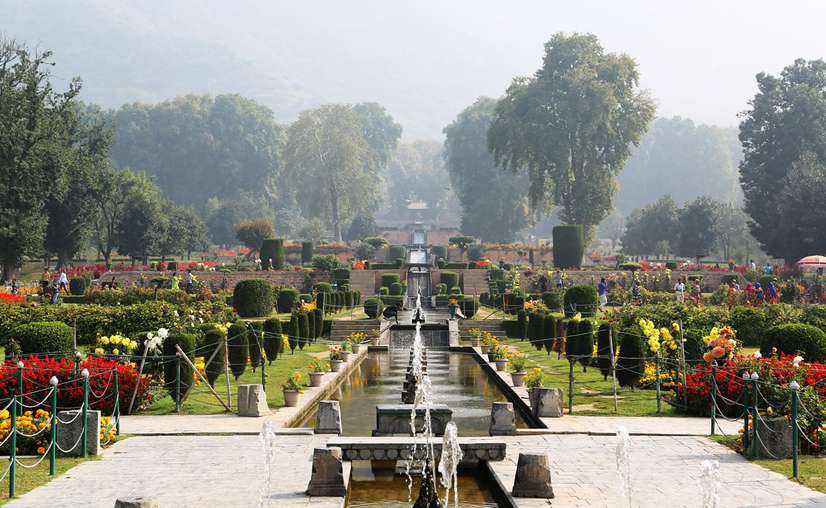



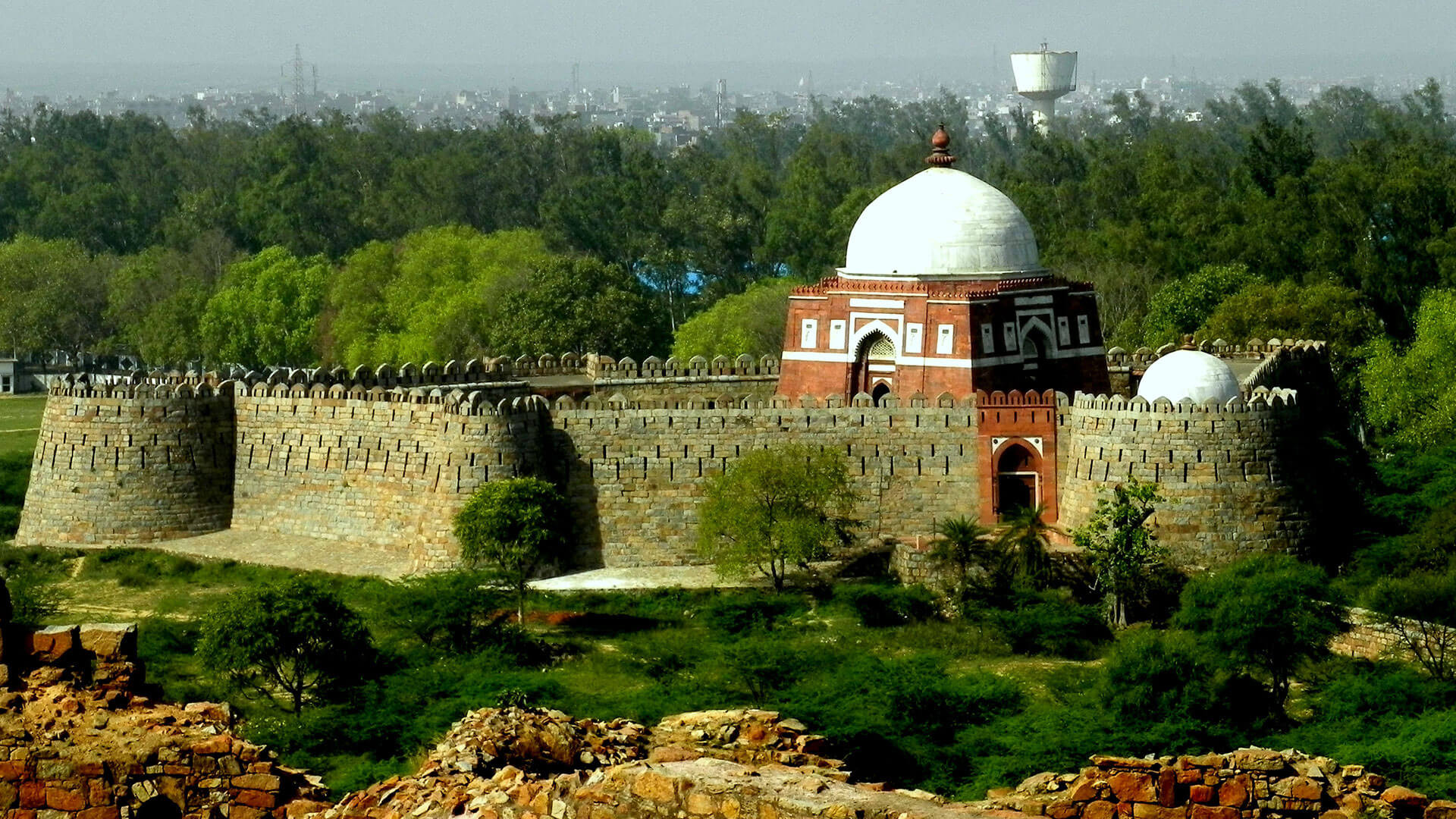
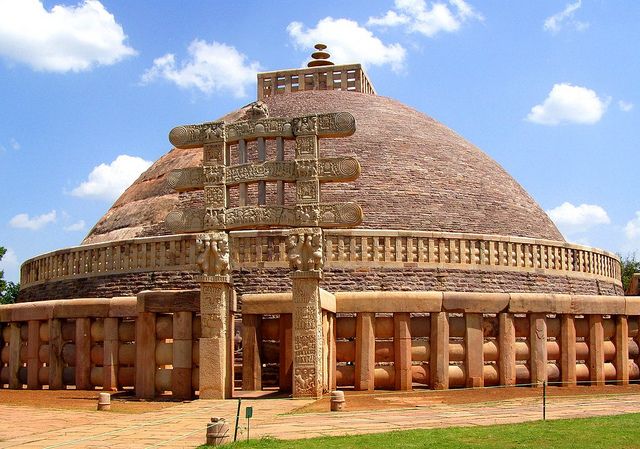
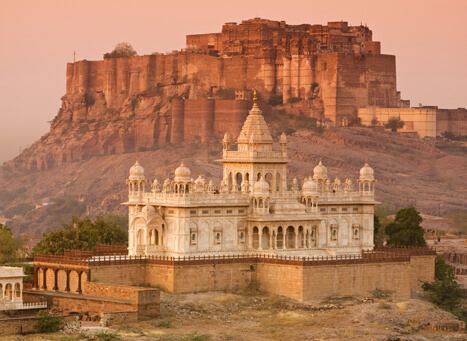
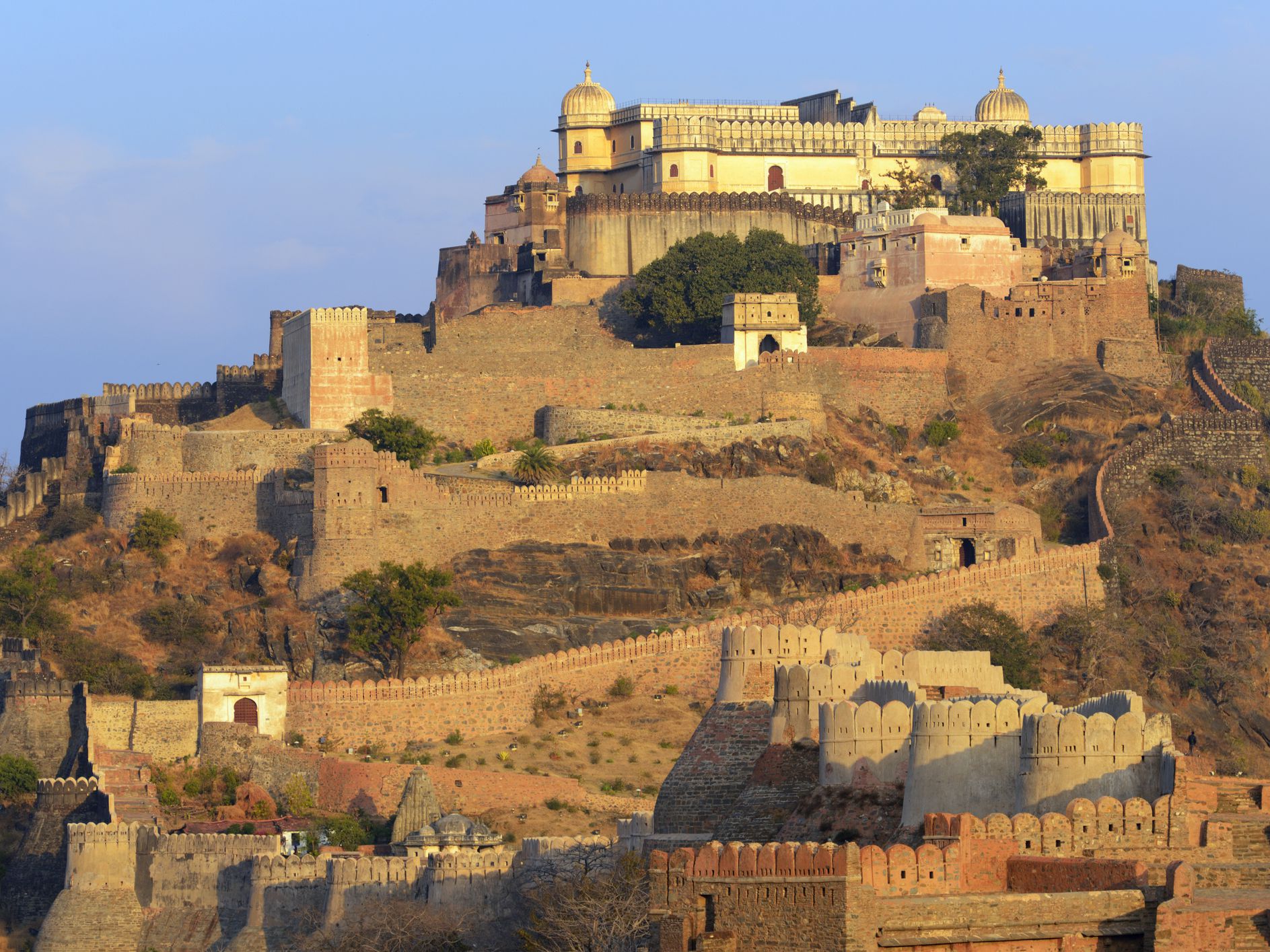


13 Comments
Comments are closed.